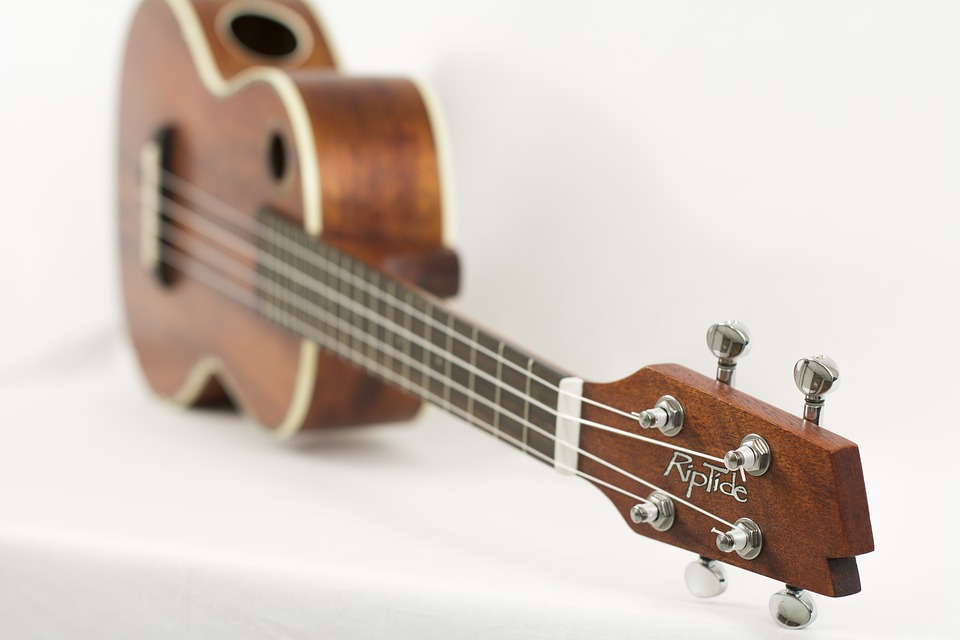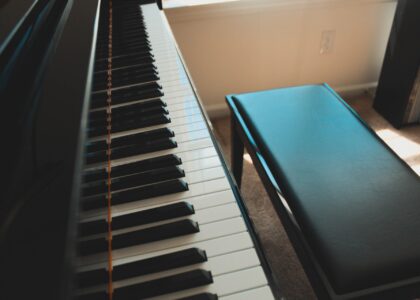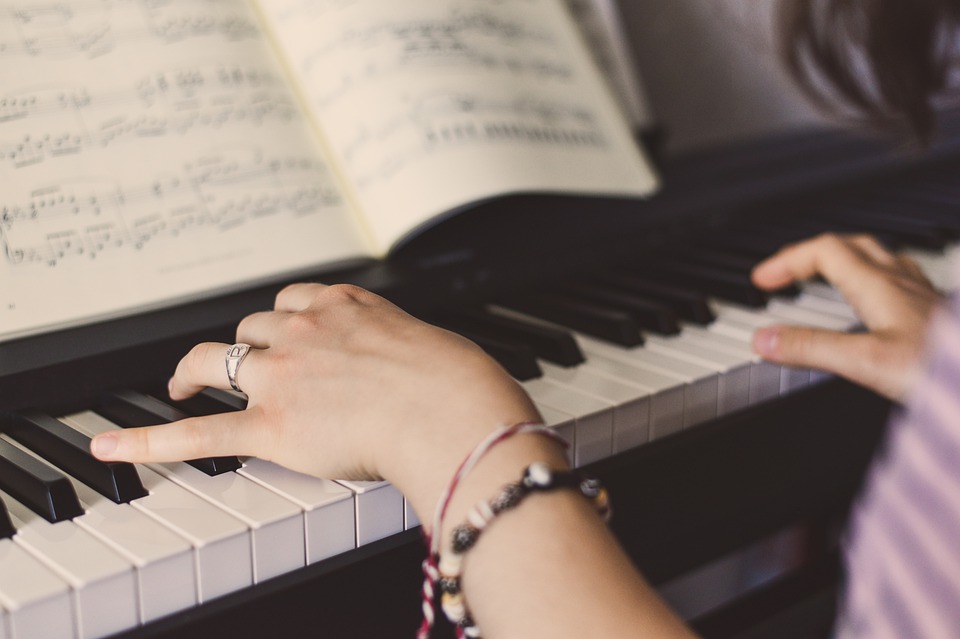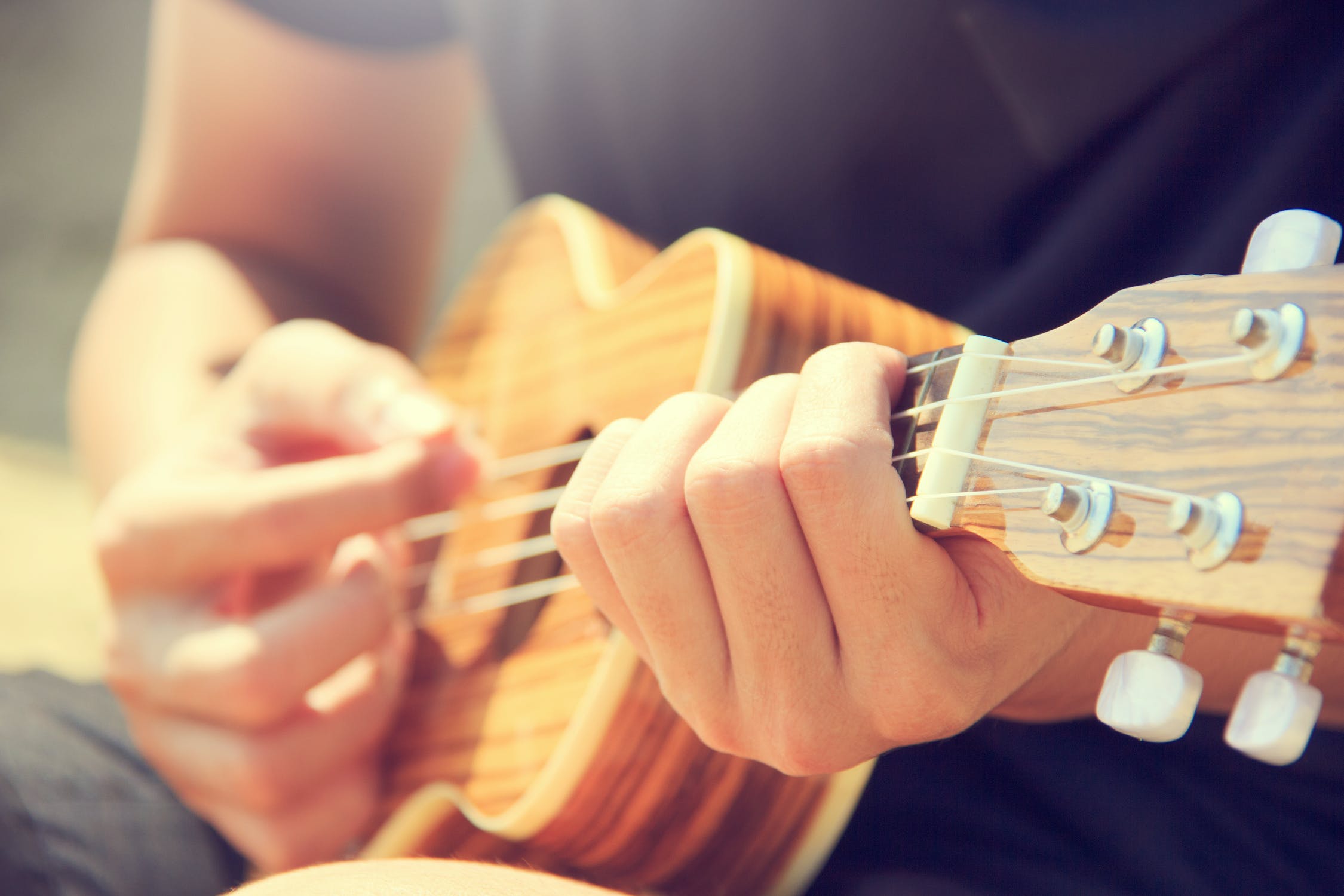For those who want to learn to play the guitar, it is necessary to know the structure of the instrument to be played.
Very often people limit their knowledge to the fact that a guitar has a neck, picks and strings, and they think that’s enough. But it’s not quite so, because if something happens with your instrument, you won’t be able to explain to a master the essence of the problem correctly. And it’s always useful to know more for general development.
So, the most basic parts of a guitar are the body and the neck, which, in their turn, are divided into parts, which we are going to get acquainted with.

First, let’s look at the body. It’s made up of the top deck and the soundboard. The top deck is often called the top. The rim between the two is the obelisk. On the top deck there is a rosette, a circular soundboard, and a bridge, or so called a string holder, on which the bottom fret is mounted. The strings go from the tailpiece, to which the strings are attached, along the neck to the tuning fork.
Now let’s have a closer look at what the fingerboard is made of
At the body itself, where the fingerboard joins it, is the heel of the fingerboard. The fingerboard itself has the fretboard and between the fretboard and the fretboard are the fret pads. After the last fret comes the top fret. And crowning this whole construction is the head of the neck, where is the tuning knob, where the strings are strung and with which you can tune your guitar.
Now you know a little more about your favorite instrument, which will allow you to feel confident when talking to guitar masters and other musicians.





